Best Places in Florida for Latinos: Top 10 Towns and Suburbs to Consider

Looking for a practical, outsider-friendly guide to the best places in Florida for Latinos? This roundup balances culture, safety, affordability, job opportunities, and lifestyle so readers can decide where to plant roots. The Latino population in Florida is diverse –including Cubans, Puerto Ricans, Mexicans, Colombians, Guatemalans, Dominicans, Venezuelans, and many more. This article examines ten places across the state that score highly for Latinos seeking community, opportunity, and quality of life.
This guide recognizes that the best places frequently cost more. Quality neighborhoods with good schools and low crime tend to be expensive. That’s why this list includes a range of options, from affluent suburbs to affordable communities where homeownership on acreage is realistic.
Related: Best Florida Cities for Families
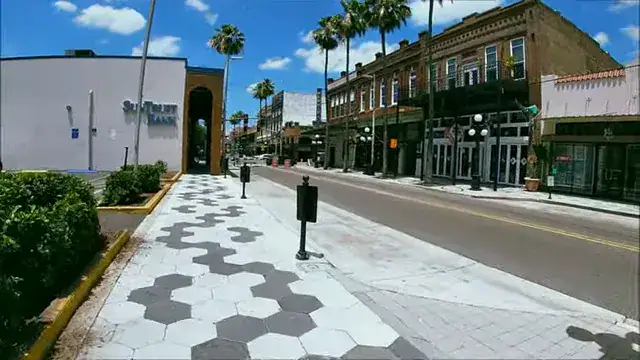
Key demographic and economic background
Understanding who Latinos are helps explain why some cities are a better fit than others. This guide considered nationality-specific trends and incomes because they influence housing choices:
- Latino citizenship and mobility: about 80% of Latinos in the U.S. are U.S. citizens, up from roughly 75% in 2010—meaning many are long-term residents who move for jobs, family, or retirement.
- Population groups: sizeable U.S. Latino populations include Mexicans (over 36 million nationwide), Puerto Ricans, Salvadorans, Cubans, Dominicans, Guatemalans, Hondurans, Colombians, Venezuelans, Argentinians, and more. Florida’s Latino population is varied and regionally concentrated.
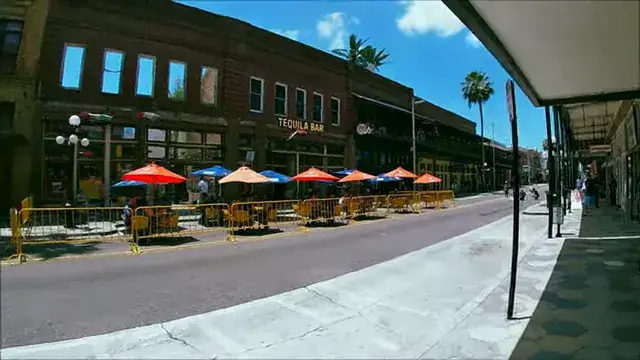
How The Best Places in Florida for Latinos Were Ranked
The ranking isn’t simply about where most Latinos already live. Instead, this ranking focused on where Latinos could thrive: low crime, steady incomes, good schools, business access, cultural amenities, beaches, and growth. The result is a mix of dense urban pockets, family-friendly suburbs, and more rural or semi-rural communities that offer land and affordability.
Below are the Top 10 places, listed from 10 to 1, with quick facts, costs, and notable trade-offs.
Top 10: Best places in florida for latinos
10. Pinecrest (South of Miami)
Pinecrest is one of the wealthiest municipalities in Florida and makes the list because it pairs strong safety and very high income with a sizable Latino share—about 47% Hispanic or Latino. Average household income in Pinecrest is well into six figures, a sign of affluence and quality public services. This suburb showcases manicured yards, large lots, and multimillion-dollar homes.
Pros: Low crime, excellent landscaping, high-end dining and shopping nearby, top-tier schools.
Cons: High cost of living and home prices; not accessible for many working-class families.
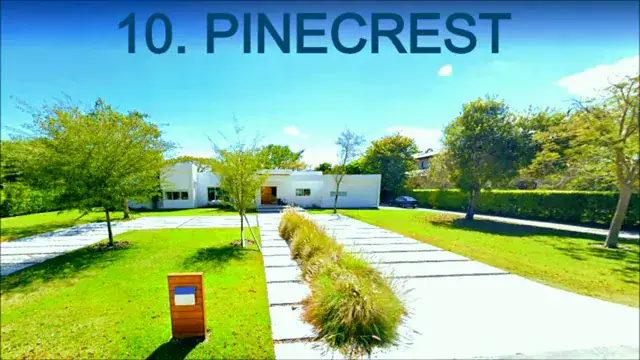
9. Golden Gate Estates (Near Naples)
Golden Gate Estates offers an affordable path to homeownership with land—one-acre parcels are common. Located within driving distance of Naples and its beaches, the area has become attractive to Cubans, Colombians, and many other Latino groups—roughly 37% Latino locally. Newer homes can be found in the $300k–$350k range, and fixer-uppers for under $300k provide a realistic entry point to property ownership for families who value space.
Pros: Affordable homes on acreage, tropical climate, strong Latino small-business presence, and access to Naples amenities.
Cons: Some local racial and cultural tensions in adjacent neighborhoods; services can be spread out due to rural lot sizes.
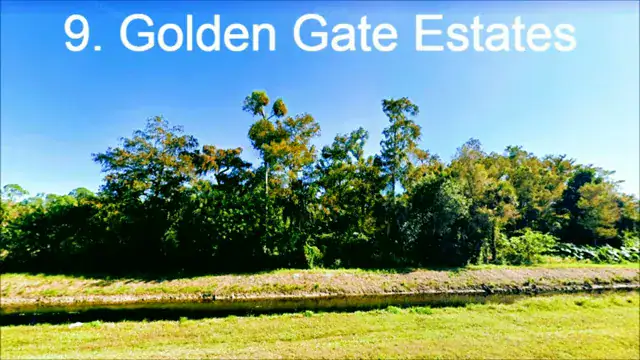
8. Cape Coral (Lee County)
Cape Coral is an inland waterfront city known for its canals and family-friendly neighborhoods. Roughly 20% Latino, Cape Coral balances affordability with access to coastal recreation (Fort Myers Beach, Sanibel, Captiva). Housing options range from modest canal homes around $150k to waterfront properties at higher prices. The city has a growing downtown with diverse restaurants including Latino and Cuban-influenced food choices.
Pros: Low crime rate, newer subdivisions, coastal day-trip access, growing dining scene.
Cons: Rules limiting parking of commercial vehicles on residential lots can complicate life for self-employed contractors and tradespeople—an important consideration because many Latinos work in construction and small businesses.
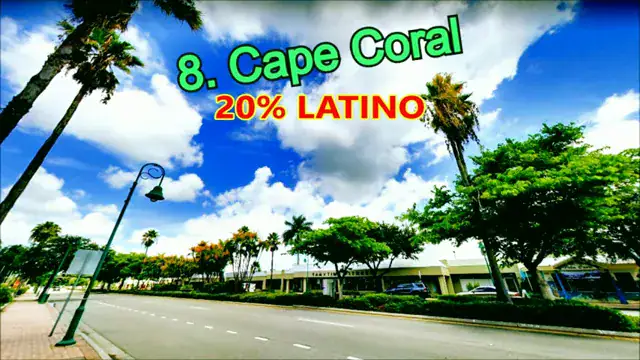
7. Clearwater and North Pinellas
Clearwater and surrounding Pinellas County were not historically Latino strongholds, but patterns are changing. Latinos are moving into more affordable neighborhoods north of Tampa along US-19 and into Pasco County. Clearwater Beach remains a major draw. Currently around 17% Latino, the region offers growing opportunities for homebuyers willing to target revitalizing neighborhoods.
Pros: Popular beaches, improving neighborhoods, chain of Latino-owned businesses emerging along thoroughfares.
Cons: Some pockets remain rough; potential for displacement as areas improve and prices rise.
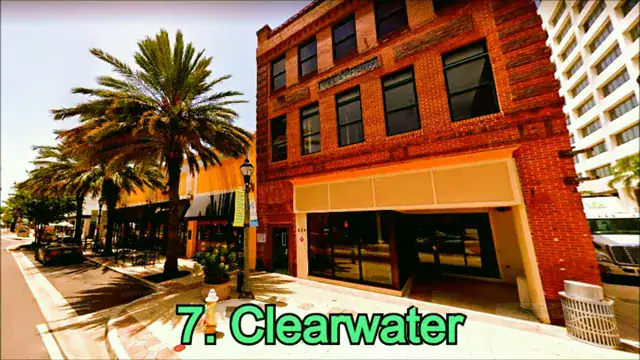
6. University Park / West Southwest Miami (Near FIU)
University Park and the neighborhoods around Florida International University are dense, largely Latino communities. With an average income around $42k, these neighborhoods attract young people—students, service workers, professionals beginning careers. The area feels urban without being as risky as Miami’s most dangerous pockets; it’s convenient for nightlife, restaurants, and cultural events.
Pros: Cultural vibrancy, affordable rental stock, close to FIU and retail corridors; lots of Latino-owned small businesses.
Cons: Real estate may not deliver the best long-term value for buyers seeking larger homes or acreage; can feel expensive for what you get in some pockets due to Miami-area price pressure.
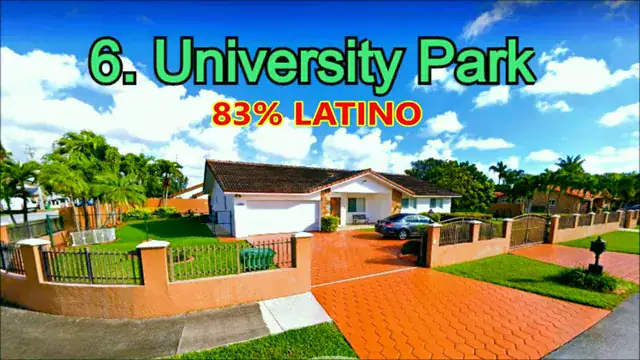
5. Weston (Broward County)
Weston is a planned suburb with lush landscaping, gated communities, and a strong Venezuelan presence—over half its population identifies as Hispanic. Weston offers quality schools, plentiful shopping, and an overall family-friendly vibe. Streets are well-maintained, commute routes are reasonable, and traffic congestion is often lighter than in central Miami.
Pros: Excellent schools, manicured neighborhoods, gated communities, and strong local services.
Cons: Higher housing costs and HOA expenses; may feel homogeneous and suburban for those craving an urban Latino scene.
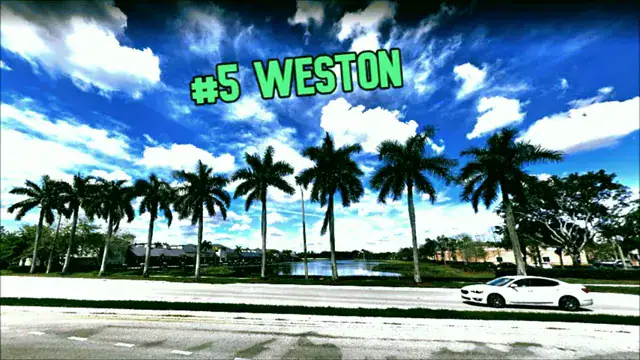
4. Bonita Springs
Bonita Springs bridges the gap between Naples and Fort Myers and contains a strong Latino working-class presence—largely Guatemalans and Mexicans. The historic district serves as a hub for the Latin community. Home prices in affordable parts of Bonita Springs often fall just under $300k, making it appealing to first-time buyers who want beach access and a supportive Latino community.
Pros: Low crime, local Latino businesses, good proximity to beaches and water activities, reasonable home prices for the region.
Cons: If you want higher-end amenities or exclusive gated communities, you may need to move north toward more expensive areas.

3. St. Augustine
St. Augustine has deep Spanish colonial history and a welcoming vibe that appeals to Latinos who prefer to live in a place with cultural roots but not necessarily a predominantly Latino population. Latinos are a smaller share of the population—about 6%—but they’re generally welcomed into a town rich with Hispanic heritage, historic architecture, and coastal recreation. St. Johns County has one of the higher county incomes in the state and is growing fast.
Pros: Historic heritage, strong county income levels, beaches, and a friendly community environment.
Cons: Limited Latino cultural infrastructure compared with Miami or other big hubs; could feel more suburban or touristy depending on the neighborhood.
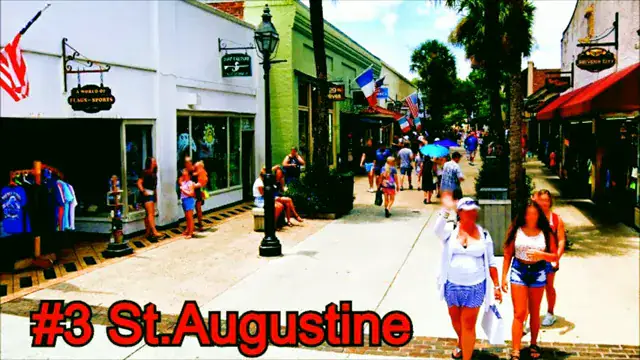
2. Coral Gables
Coral Gables is a prime example of a predominantly Latino community that’s also affluent. Around 44% Latino, Coral Gables pairs high household incomes (about $93k) with leafy streets, upscale shopping, and walkable neighborhoods. The area demonstrates that Latino communities are not monolithic—many are affluent, safe, and desirable.
Pros: Upscale shopping, parks, excellent urban planning, and an established Latino presence blended with other demographics.
Cons: Cost is high, and some neighborhoods have limited affordability for younger entrants to the housing market.
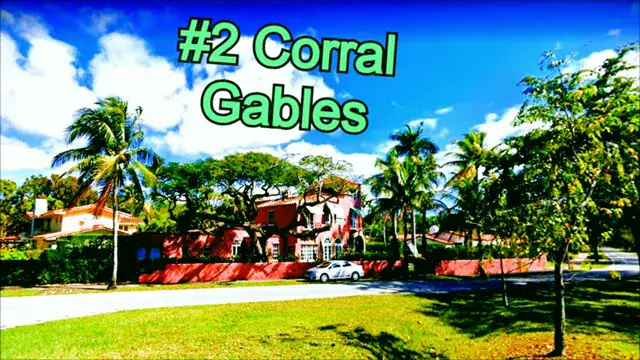
1. Miami Springs (Top pick)
Miami Springs tops the list of the best places in Florida for Latinos for a blend of accessibility, family-friendly living, and strong Latino presence (roughly 71% Hispanic). The town sits between Hialeah and Miami, making it superbly positioned for anyone working at or near the airport or in industrial and international-trade centers. Large lots, tropical landscaping, mature banyan trees, and quiet streets make Miami Springs feel like a stable, middle-class enclave in the midst of a bustling metro.
Pros: Low crime, large lots and gardens, central location, outdoor trails, and strong preservation of property values.
Cons: Properties can be older and come at a premium due to the location; scarcity of lots makes expansion limited.
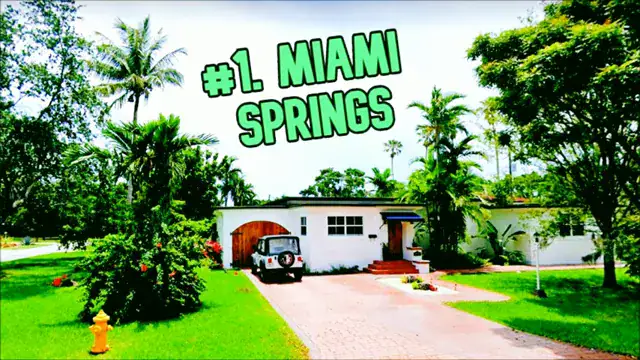
Practical tips for Latinos moving to Florida
Choosing a place to live is personal. Assess these points before deciding:
- Budget vs. expectations: Decide which amenities are nonnegotiable—beach access, school quality, commute time—and then target communities where those items align with your budget.
- Work and vehicle needs: Tradespeople should confirm local codes about parking commercial vehicles or operating from home. Some cities restrict visible commercial vehicles on residential property.
- Community and culture: If being near other Latinos matters, target areas with established Latino businesses, churches, and civic organizations. If a quieter environment is preferred, suburbs like Weston or Miami Springs may be better.
- Long-term growth: Look for population and job growth that will protect future home values—rapidly improving neighborhoods can offer opportunities for buyers willing to accept transitional risk.
- Schools and childcare: For families, school quality often outweighs short-term affordability. Review local school ratings and commute times.
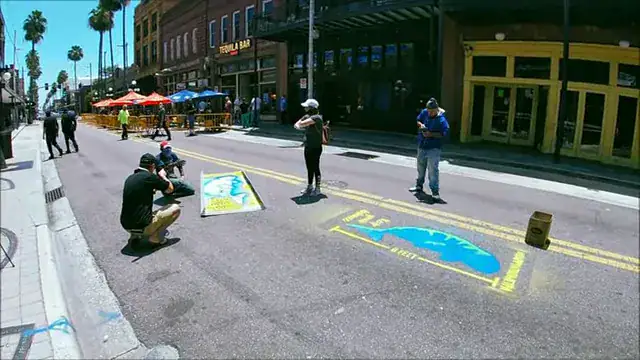
Highlighting the diversity of Latino needs
“Latino” covers many origins, generations, and economic conditions. With this diversity in mind, spots are included that fit varied needs: highest-end suburbs (Pinecrest, Coral Gables), family-friendly planned neighborhoods (Weston, Miami Springs), affordable land options (Golden Gate Estates), coastal and working-class hubs (Bonita Springs, Cape Coral), transitional areas with growth potential (Clearwater/Pasco), and historical, welcoming towns (St. Augustine).
Frequently Asked Questions (FAQ)
Q: What makes a place qualify as one of the best places in Florida for Latinos?
A: This ranking used a mix of measurable and qualitative criteria: Latino community presence, safety (low crime), average incomes, job access, school quality, proximity to beaches, cultural amenities, and long-term growth prospects. The result balances neighborhoods that already have strong Latino presence with those where Latinos can prosper.
Q: Are these places affordable for first-time Latino homebuyers?
A: Affordability varies widely across the list. Golden Gate Estates and parts of Cape Coral or Bonita Springs offer more affordable options with land or modest homes. By contrast, Pinecrest and Coral Gables are significantly more expensive and better suited to higher-income households. First-time buyers should focus on neighborhoods that match realistic budgets while keeping an eye on growing areas with long-term appreciation potential.
Q: Where are the strongest Latino cultural scenes in Florida?
A: Miami-area suburbs (Coral Gables, Miami Springs, Pinecrest, University Park) have dense Latino cultural scenes with restaurants, festivals, and businesses. Southwest Florida pockets such as Naples-area neighborhoods and Bonita Springs host growing Latino networks too. For cultural heritage and tourism with Hispanic roots, St. Augustine offers an historic Spanish backdrop.
Q: If I want to be near an airport or shipping centers, which place is recommended?
A: Miami Springs is ideal for airport proximity and access to industrial centers, making it a convenient base for business owners with international shipping needs or regular airport travel. Weston also offers convenient routes to Fort Lauderdale and Miami areas.
Q: How should I prioritize my criteria when choosing among these towns?
A: Start with three priorities: (1) Work/commute; (2) budget and housing needs; (3) cultural or community preferences. If schools or safety are paramount, prioritize suburbs like Weston or Pinecrest. If affordability and land are key, Golden Gate Estates and Bonita Springs deserve a closer look. If you want high Latino density and urban amenities, University Park and Miami Springs are strong choices.
Final thoughts
The best places in Florida for Latinos are not one-size-fits-all. This guide intentionally mixed affluent suburbs, affordable land communities, coastal towns, and urban pockets so that readers can match practical life goals—work, family, culture—with local realities. Whether a buyer seeks gated landscaping in Weston, one-acre lots near Naples, or a community near an international airport, Florida offers many promising options.
Latinos are a dynamic and growing part of Florida’s population. They thrive where job opportunities, schools, safety, cultural amenities, and affordability line up. Use this guide to narrow options, visit neighborhoods in person, and check local ordinances before signing a contract. With the right match, any of the top 10 towns listed here can be a strong foundation for the next chapter of life in the Sunshine State.
